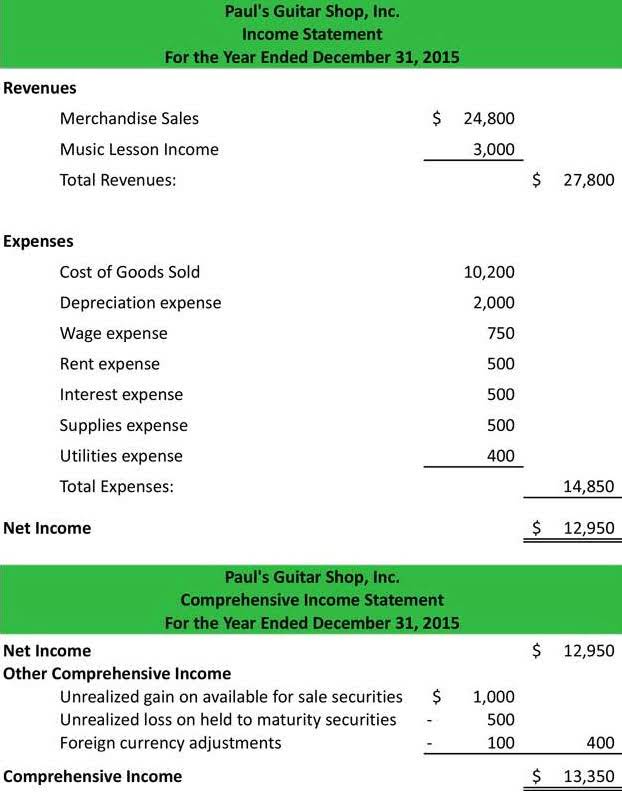
As an approximation, using the firm’s current pre-tax cost of debt as the discount rate yields a good estimate of the value of operating leases. When a new business needs equipment or property, leasing often emerges as an attractive alternative to outright purchasing. Two main types of leases—capital leases and operating leases—shape how entrepreneurs manage ongoing costs, asset recognition, and future obligations.
Capital Lease: What It Means in Accounting
This helps businesses easily meet these regulatory requirements without the hassle of manual monitoring and adjustments. The differences between the two concepts of operating lease vs capital lease are explained in the form of infographics below. Our model confirms that the interest expense and capital lease payment is $100k each period, which is equivalent to the $100k annual lease payment.
What Are the Tax Treatments of Finance Leases vs Operating Leases?
Conversely, a graphic design company signs an operating lease for office space for $3,000 monthly, amounting to $36,000 annually, over a 2-year term. This lease includes no option to purchase Car Dealership Accounting the office space and no transfer of ownership rights. Though we mentioned a lease must meet a minimum of one of these five criteria to be considered a finance lease, we have often found if a lease triggers the fifth test, it also triggers one of the other four tests.
Capital/finance lease vs. operating lease accounting treatment
Consequently, accounting rules have been devised to force firms to reveal the extent of their lease obligations on their books. One of the biggest draws of a capital lease is the sense of eventual control over capital vs operating lease the asset. A 2021 SME Finance Poll found that nearly 30% of manufacturing startups chose capital leases to secure consistent production quality without the financial shock of an immediate purchase. Over time, they treat the asset akin to a financed purchase, stepping away from the cyclical need to renegotiate or find a new lease each time.
- However, with the introduction of updated accounting standards such as ASC 842, which aligns with the International Financial Reporting Standards (IFRS), the term “finance lease” has gained broader acceptance.
- A capital lease is treated as debt and entered on the balance sheet by recording the asset value and the liability of the lease.
- The lessor likely structured the contract so the lessee will use the specialized equipment for the majority of its useful life or the lease payments equal substantially all of its fair value.
- Here are five key differences that affect everything from balance sheets to tax deductions.
- Leasing can be a cost-effective way to acquire the assets you need to facilitate the growth of your business.
- A capital lease is more than just a simple rental agreement; it embodies a series of features that align it closely with asset ownership.
Capital Lease Accounting 101
Additionally, tax considerations and cash flow forecasting play vital roles in lease contract evaluations. Learn about capital lease accounting including key differences from operating leases, impact on balance sheets, and compliance with accounting … Capital lease equipment is considered an asset and liability, which leads to ownership at the lease’s end. On the other hand, operating leases keep the equipment off the balance sheet. The capital lease vs operating lease guide us regarding the points of differences between the two types of lease agreements. They are different in terms of accounting process followed, nature of the lease and also regarding ownership transfer.
This is mostly a nomenclature change to provide more clarity to the different types of lease commitments, but key differences in how a lease is classified under ASC 840 vs. ASC 842 do exist. These criteria determine not only the classification of the lease, but also how lessees and lessors should account for a lease. While a distinction between operating and finance lease accounting treatment and presentation still exists, ASC 842 mandates that both types of leases must be on the balance sheet for US GAAP reporting. A capital lease is a lease that transfers all the risks and rewards incidental to ownership of an asset substantially. It is a lease in which the lessee records the underlying asset as its asset, which means that the lessor is treated as a party that happens to be financing an asset that the lessee owns.
- It’s a contract that allows for an asset’s use but doesn’t convey ownership rights.
- Understanding the distinctions between operating, finance, and capital leases is crucial for accurate financial reporting and decision-making.
- The US’ generally accepted accounting principles (GAAP) recognize the first 4 principles, but not the 5th.
- As with any changes to accounting standards, there has been confusion about what these changes mean and in which situations they are applicable.
- Everything you need to know about GASB 87 and how this lease accounting standard relates to ASC 842 and IFRS 16.
- The increase in reported debt could affect various debt financial ratios and possibly impact the company’s ability to qualify for more business loan options.
Capital vs. Operating Leases: A Practical Guide for New Businesses

Lessees who report under US GAAP (ASC 842), follow a two-model approach for the classification of lessee leases as either finance or operating. For lessors, the classification categories for leases are sales-type, direct financing, or operating. ASC 842 allows lessees to classify leases as either finance or operating based on the criteria described below. If the lease meets any of the above criteria, it is classified as a capital lease. In Canada, we also need to consider Goods and Services Tax (GST) or Harmonized Sales Tax (HST) on lease payments. The contract must follow at least one of the following criteria to be considered a what are retained earnings capital lease.

Effects of FASB Accounting Changes
The lessee does not record the leased asset on their balance sheet, which can make their financial statements appear less leveraged than with a Capital Lease. In a Capital Lease, ownership of the asset typically transfers to the lessee at the end of the lease term. This transfer of ownership is a significant feature that sets it apart from an Operating Lease. Choose an operating lease when you need the flexibility to upgrade assets frequently but prefer to avoid ownership and long-term maintenance responsibilities.

When you purchase an asset, either through financing or outright, the cost of this asset is calculated as a part of a business’ Capital Cost Allowance (CCA). Your CCA is calculated to understand how much your business is allowed to expense for each type of asset, and when you are financing equipment you are only able to deduct the CCA as well as the interest on repayments. Because you take on the risks and rewards of the asset, it’s a common misconception that with a finance lease you impact your CCA. While you must still add the asset to your balance sheet with a finance lease, it is not calculated as a CCA. Operating leases also allow you to deduct the entire leasing expenses, but they do not increase your net assets.